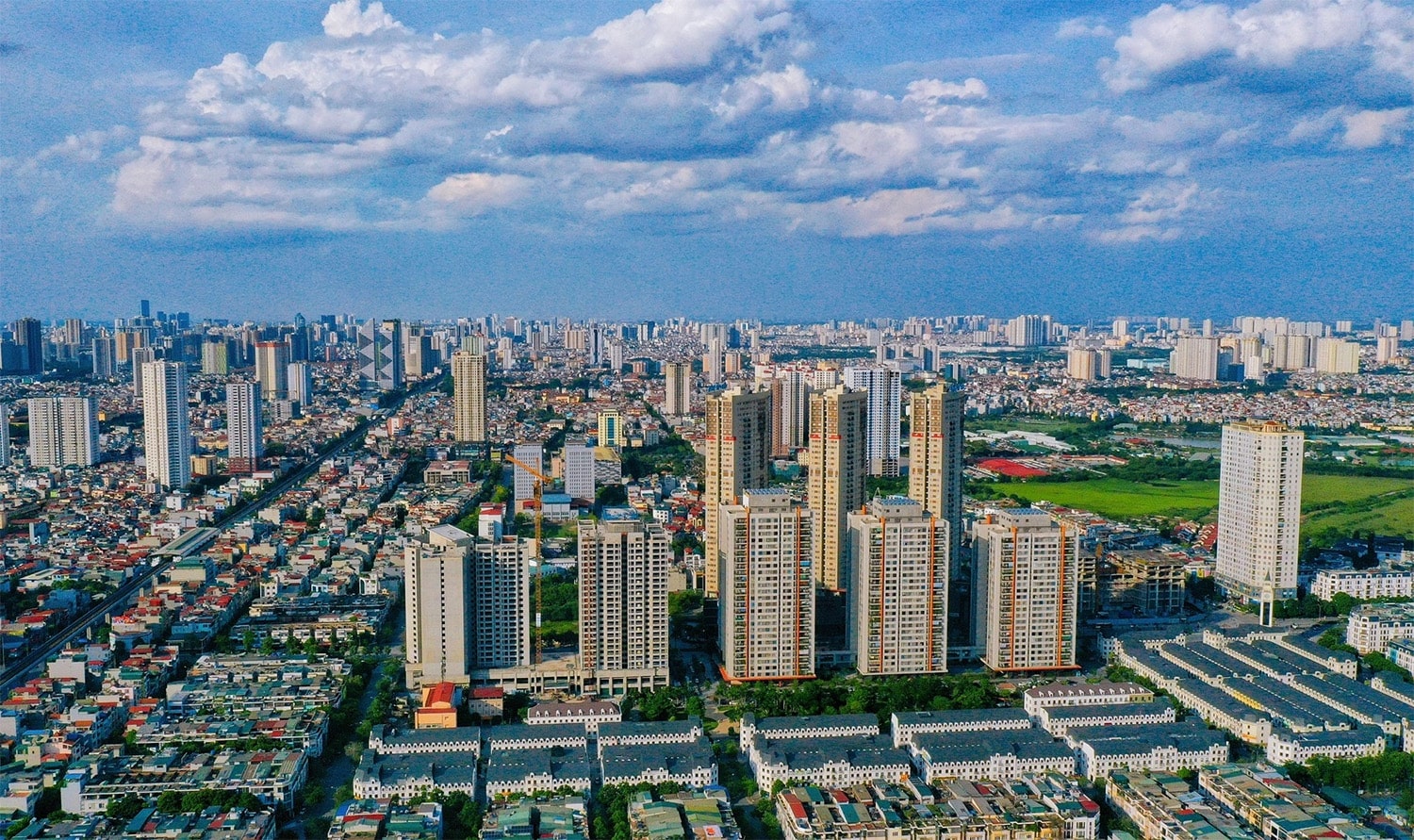
40 interesting facts about Hanoi
- 👁️ 318
Hanoi, the capital of Vietnam, is a city where ancient history seamlessly blends with modern life. Known for its centuries-old architecture, vibrant street markets, and rich culture, Hanoi offers a glimpse into both Vietnam’s past and its rapid progression into the future. Situated on the banks of the Red River, this city is not just the political center of the country but also a cradle of Vietnamese culture and tradition. With its bustling streets, tranquil lakes, and culinary delights, Hanoi captivates visitors from all over the world. Here are 40 interesting and informative facts about Hanoi that showcase the unique aspects of this fascinating city.
- Hanoi has been the capital of Vietnam for over 1,000 years.
- The city was first established in the year 1010 by Emperor Ly Thai To and was originally named Thang Long, meaning “Ascending Dragon.”
- Hanoi served as the capital of French Indochina from 1902 to 1954.
- The city is home to the Ho Chi Minh Mausoleum, the final resting place of the Vietnamese revolutionary leader.
- Hanoi’s Old Quarter, with its narrow streets and traditional shop houses, is over 1,000 years old.
- The One Pillar Pagoda, one of Hanoi’s most iconic temples, was originally built in 1049.
- Hoan Kiem Lake, located at the heart of the city, is a serene spot popular among locals and tourists alike.
- The lake contains Turtle Tower, a small structure commemorating a legendary turtle.
- The Hanoi Opera House, built in 1911 by the French, is an architectural marvel and a prime location for performing arts.
- Hanoi has a museum dedicated entirely to egg coffee, a unique Hanoian invention.
- The Temple of Literature, founded in 1070, is Vietnam’s first national university.
- Hanoi’s cuisine is renowned worldwide, with pho (noodle soup) being one of its most famous dishes.
- The city experiences a humid subtropical climate with four distinct seasons.
- The Hanoi Ceramic Mosaic Mural, created for the city’s millennium anniversary in 2010, holds the Guinness World Record for the largest ceramic mosaic.
- Hanoi was briefly named Dong Kinh during the 15th century, from which the name “Tonkin” is derived, used to refer to Northern Vietnam.
- The city was occupied by the Japanese in 1940 during World War II.
- The Hanoi Hilton, officially Hoa Lo Prison, was used by North Vietnam to hold prisoners of war during the Vietnam War.
- Hanoi’s railway street, where trains pass through narrow residential areas, is a popular attraction among tourists.
- Ba Dinh Square, where Ho Chi Minh declared Vietnam’s independence in 1945, is the largest square in Vietnam.
- The city is a UNESCO City for Design since 2019, recognizing its rich heritage in craft and design.
- Hanoi hosts the annual Tet Festival, celebrating the Vietnamese New Year, which is the biggest holiday in Vietnam.
- The Long Bien Bridge, designed by Gustave Eiffel, was the first steel bridge to cross the Red River.
- Hanoi is known for its traditional water puppetry shows, a unique art form originating from northern Vietnam.
- West Lake, Hanoi’s largest lake, is a popular area for recreation and relaxation.
- The Vietnam National Museum of History in Hanoi showcases artifacts from Vietnam’s prehistory up to the 1945 revolution.
- Hanoi was named a “City for Peace” by UNESCO in 1999.
- The city’s street food culture is one of the most vibrant in Asia.
- Hanoi’s Lotte Center, a skyscraper, offers one of the best panoramic views of the city.
- The Hanoi Metro, the city’s first metro system, began operations in 2021.
- Hanoi is twinned with several cities around the world, including Bangkok, Moscow, and Warsaw.
- Truc Bach Lake is where U.S. Senator John McCain landed during the Vietnam War after his plane was shot down.
- The city has several notable universities, including Vietnam National University, Hanoi, one of the top universities in Asia.
- Hanoi’s coffee culture is renowned, with cafes ranging from traditional to contemporary scattered throughout the city.
- The city was the site of important peace negotiations during the Vietnam War, notably the Paris Peace Accords.
- Hanoi’s architecture is a blend of Vietnamese, French colonial, Soviet-inspired, and modern styles.
- Traditional art forms, such as silk painting and lacquerware, thrive in Hanoi.
- The city has a significant number of parks and green spaces, contributing to its charm.
- Hanoi has been an important center for classical music in Vietnam, with the Vietnam National Academy of Music located in the city.
- Every year, Hanoi celebrates the Mid-Autumn Festival with mooncakes, lion dances, and lanterns, highlighting the city’s rich cultural traditions.
- The ancient art of calligraphy is still practiced and revered in Hanoi, with calligraphers gathering outside the Temple of Literature to write wishes for the Lunar New Year.
Hanoi, with its deep historical roots and vibrant contemporary scene, stands as a testament to Vietnam’s resilience, culture, and spirit. From its ancient architecture and educational institutions to its lively street food culture and public spaces, the city offers a unique blend of tradition and modernity. Hanoi’s rich cultural heritage, coupled with its role as a political and educational hub, continues to captivate visitors and inspire pride among its residents. As we explore the multifaceted aspects of Hanoi, we gain a deeper appreciation for its significance not only within Vietnam but as a cherished city on the global stage. The story of Hanoi is one of enduring charm and dynamic growth, inviting all who visit to immerse themselves in its unique atmosphere.
Hanoi, the capital of Vietnam, is a city where ancient history seamlessly blends with modern life. Known for its centuries-old architecture, vibrant street markets, and rich culture, Hanoi offers a glimpse into both Vietnam’s past and its rapid progression into the future. Situated on the banks of the Red River,…